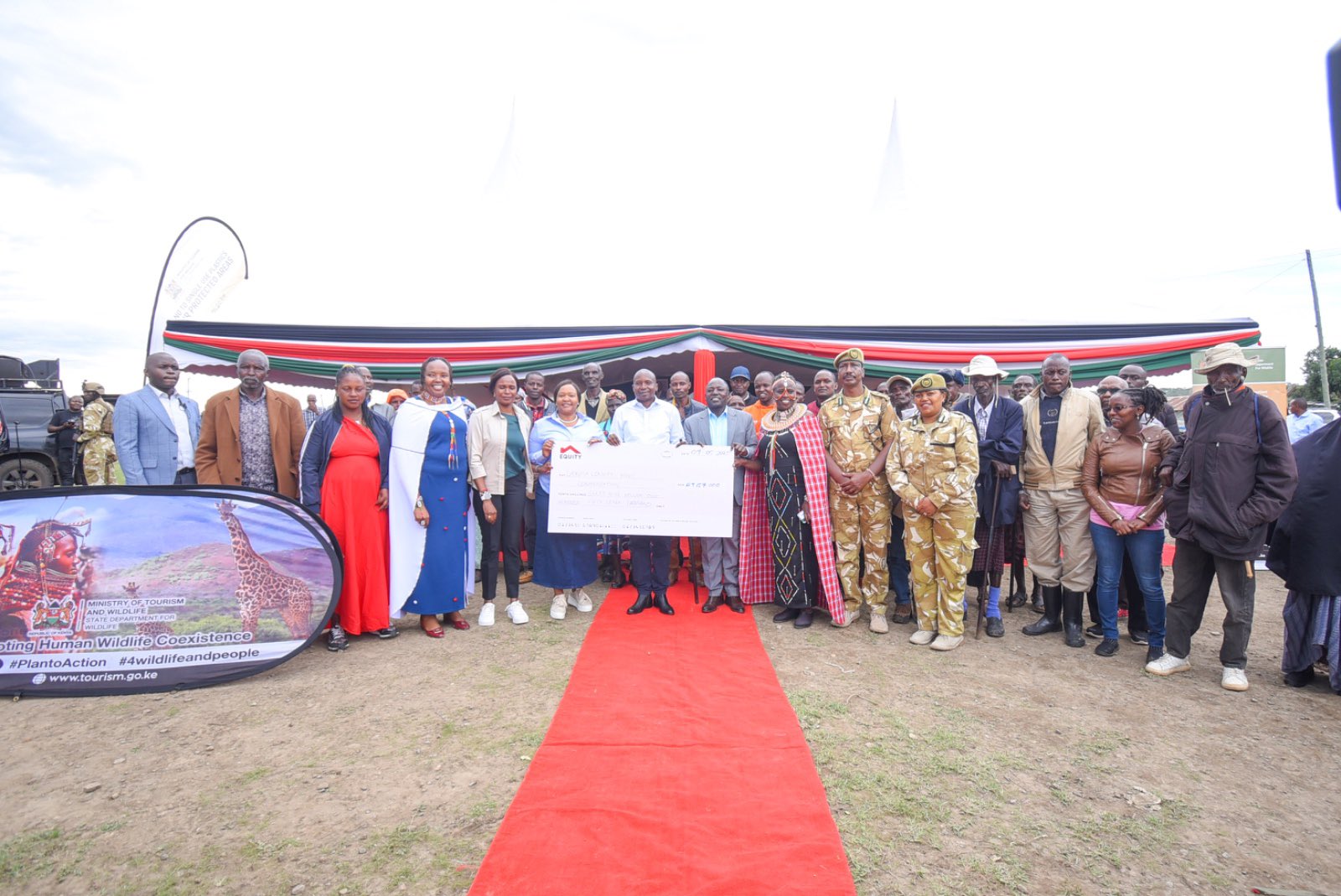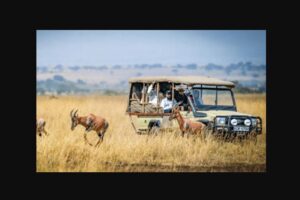Laikipia County has long stood at the intersection of wildlife conservation and rural livelihoods—a place where majestic animals roam freely and communities struggle with the aftermath of crop destruction, injuries, and loss of life.

Addressing this long-standing issue, Cabinet Secretary Rebecca Miano recently accompanied Deputy President Rigathi Gachagua to the county, reaffirming the government’s pledge to find workable responses that balance people’s needs and nature’s value.
With its sweeping plains and wildlife reserves, Laikipia is one of Kenya’s most ecologically diverse regions.
But for many residents, coexisting with wildlife often means damage to property, risk to life, and disruption of daily activities.
This dual reality has led the national administration to commit time, energy, and financial backing to protect both community wellbeing and environmental integrity.
During her address, Ms. Miano referenced the 2023 introduction of a digital payment system announced by President William Ruto in Rumuruti.
This initiative was launched to streamline how affected families are supported after such unfortunate incidents.
By simplifying access to rightful payments, the program hopes to bring relief to households that for years have waited for justice.
So far, a total of Ksh 4.87 billion has been allocated for wildlife-related compensation since the start of the 2023 fiscal period.
Out of this, Ksh 2.8 billion was processed across two budget years: 2023/24 and 2024/25.
An outstanding balance of Ksh 1.36 billion remains, which the Ministry of Tourism is working to resolve as quickly as possible.
Rather than relying solely on compensation after damage occurs, the government is also leaning into prevention.
Leaders are working closely with communities and support organizations to come up with ways to reduce wildlife intrusions.
These may include fencing, surveillance, awareness campaigns, and better land-use practices.
The visit to Laikipia also allowed CS Miano to meet with local officials who have shown consistent interest in helping their people navigate this complex issue.
Their readiness to work side by side with national departments is driving progress in both compensation processing and long-term safeguards.
What stands out most is the Ministry of Tourism’s direct involvement.
Unlike in the past, the ministry is now at the core of response and recovery, proving that care for wild animals and the communities that live near them can go hand in hand—if the right structures are put in place.
Kenya’s rich natural heritage remains one of its greatest treasures, but that heritage must support—not burden—the people living closest to it.
The latest wave of disbursements and active engagement in Laikipia offers hope that this balance is within reach.



















